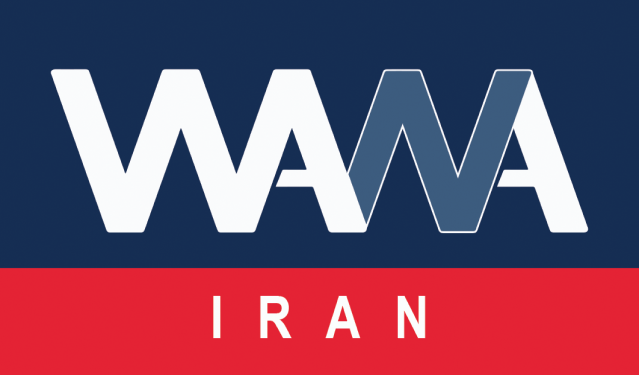Iran’s Space Program Update: Payah and Zafar-2 Satellites
WANA (Jan 04) – Dr. Hassan Salarieh, Head of the Iranian Space Agency, has announced updates on the country’s satellite launch schedule. According to him, the launch of the Tolou-3 and Zafar-2 satellites initially planned for earlier dates, has been delayed by several months due to setbacks with foreign launch providers. These satellites are now expected to be launched in late spring 2025.
Progress on Pars-3 and Nahid-2 Satellites
Dr. Salarieh provided insights into the progress of other satellite projects. The Pars-3 satellite is currently under development by the Iranian Space Research Institute and is in the design phase. Once complete, it will feature an imaging resolution of approximately two meters.
The Pars-2 satellite, with a sub-four-meter imaging capability, is slated for unveiling during the Fajr Decade celebrations. This observational satellite is being developed under the guidance of the Iranian Space Agency in collaboration with Iran’s SaIran Space Group. He noted that the launch of Pars-2 could take place in 2025 or slightly later, depending on launch timing and operational readiness.
He further clarified that while the decision to use a foreign or domestic launcher for Pars-2 is pending, the satellite must be placed in a sun-synchronous orbit for imaging purposes. If Iran’s domestic launch systems are ready, the launch will proceed locally; otherwise, a foreign launcher will be utilized.
Upcoming Launches: Payah and Zafar-2 Satellites
Dr. Salarieh also highlighted the impending launches of the Payah and Zafar-2 satellites, which had been scheduled for early winter 2024 but were delayed due to the dependency on foreign launchers and their schedules. These launches are now anticipated to occur in the first half of 2025, likely by late spring.
Recent Space Milestones: Private Sector Satellites
Iran recently achieved a significant milestone by launching two private-sector satellites, Hodhod and Kowsar, on November 5, 2024, using the Russian Soyuz rocket from the Vostochny Cosmodrome.
- Kowsar Satellite:
Designed by the knowledge-based company Omid-Faza, Kowsar is Iran’s first medium-resolution imaging satellite (3.45-meter GSD). Built following the Cubesat standard to reduce production time and costs, it is equipped with NIR and RGB spectrum cameras. The satellite weighs 30 kilograms, has a three-and-a-half-year orbital life, and can capture images across a 15-kilometer width at a rate of six frames per second. Its primary mission includes precision agriculture and mapping. - Hodhod Satellite:
The Hodhod satellite, also built following the Cubesat standard, is focused on providing narrowband international IoT services. Its innovative mission includes storing user messages and transmitting them at appropriate times. Weighing four kilograms, it has an orbital altitude of 500 kilometers and a four-year lifespan. The satellite is particularly valuable for applications in agriculture, logistics, transportation, and environmental monitoring.
These advancements underscore Iran’s growing capability in space technology, leveraging information and communication technologies to transmit diverse technical data from space to Earth. The country continues to focus on enhancing its domestic satellite production and launch capabilities, reflecting its ambition to strengthen its position in the global space sector.












